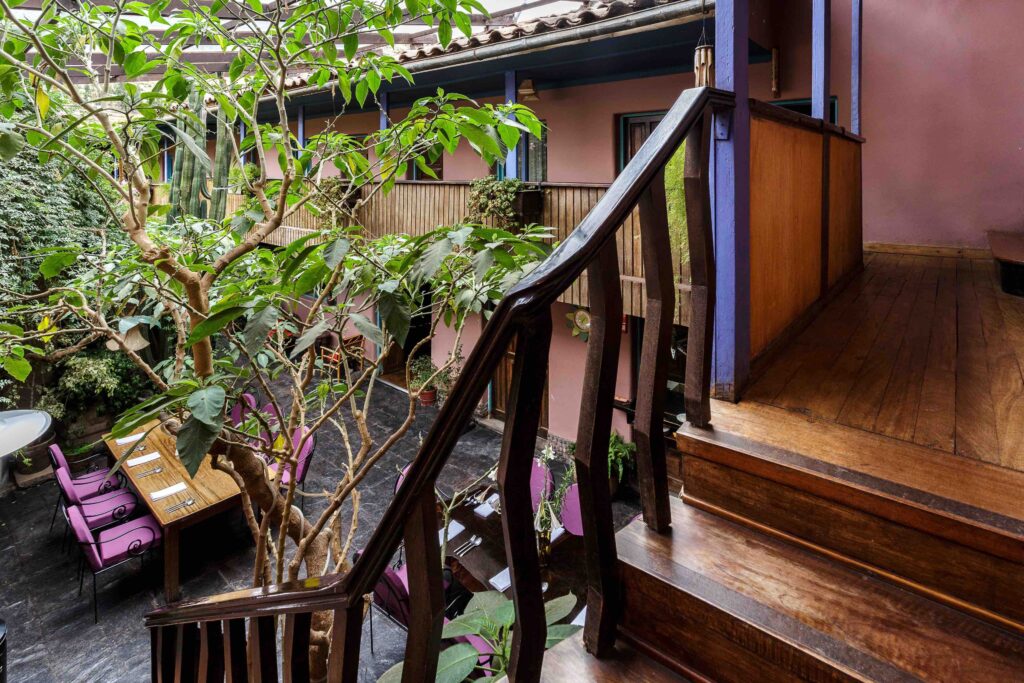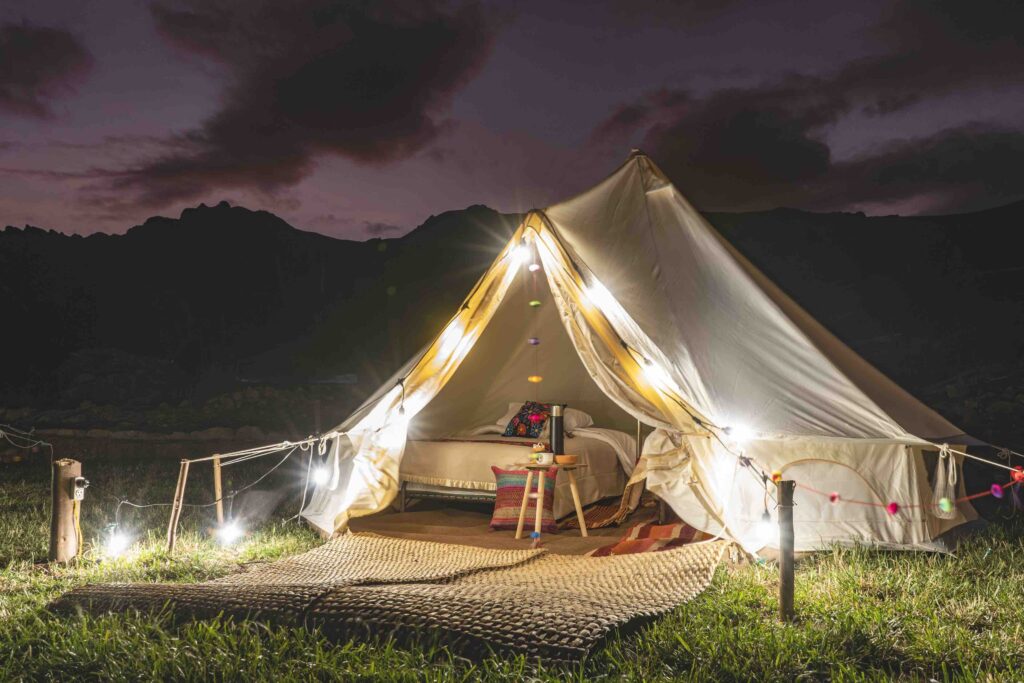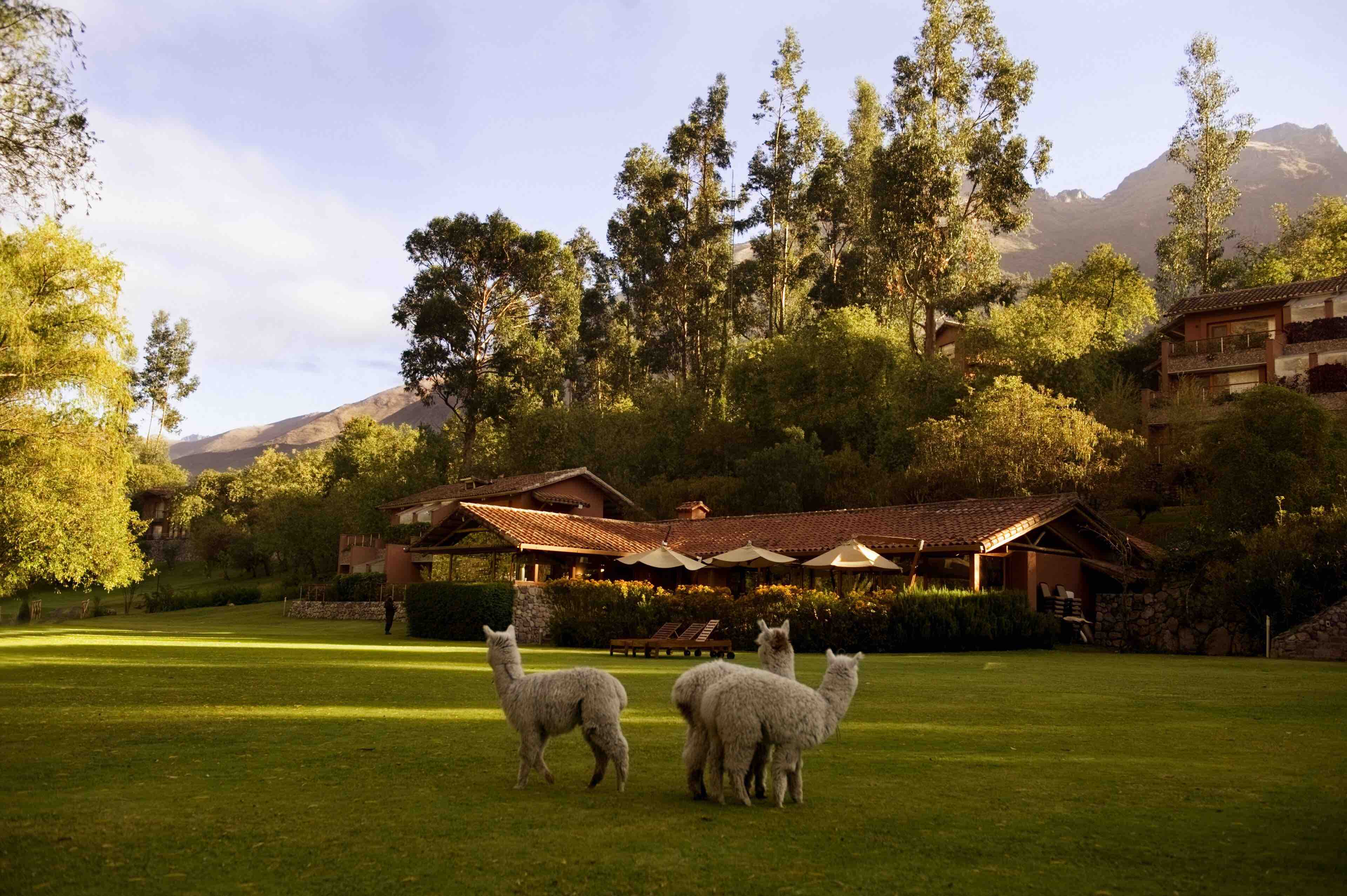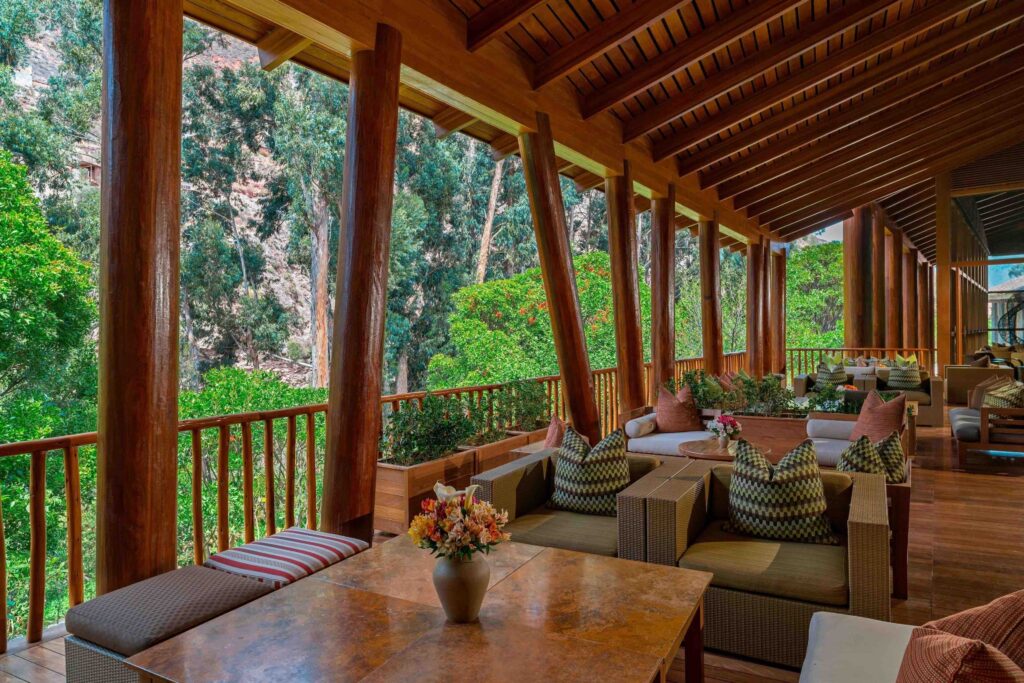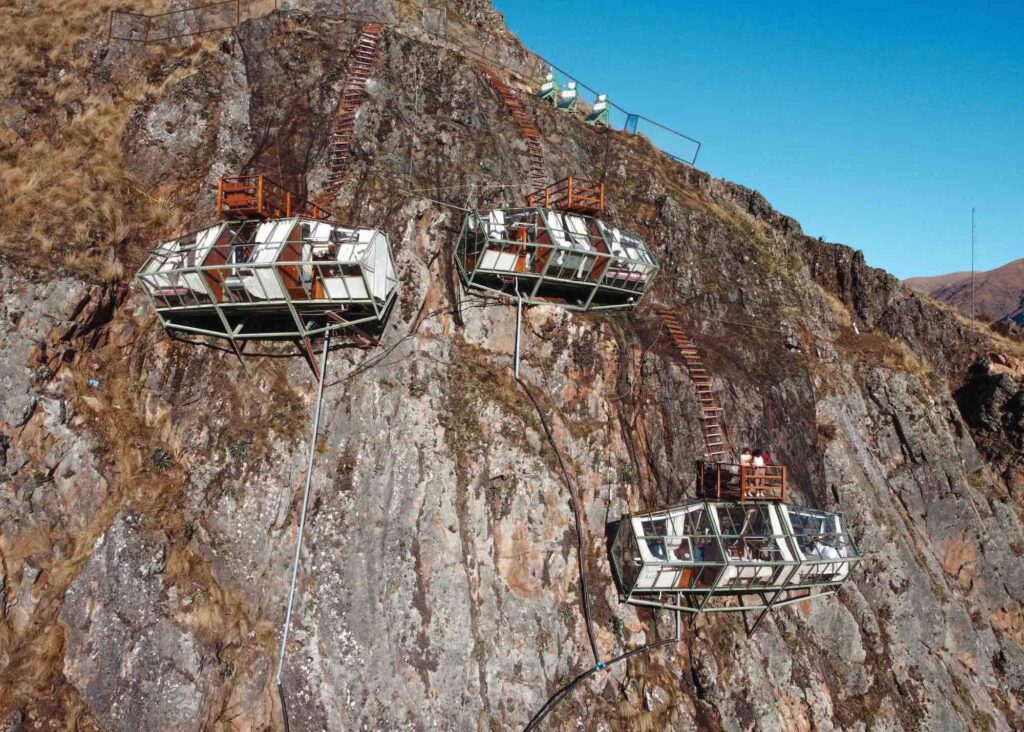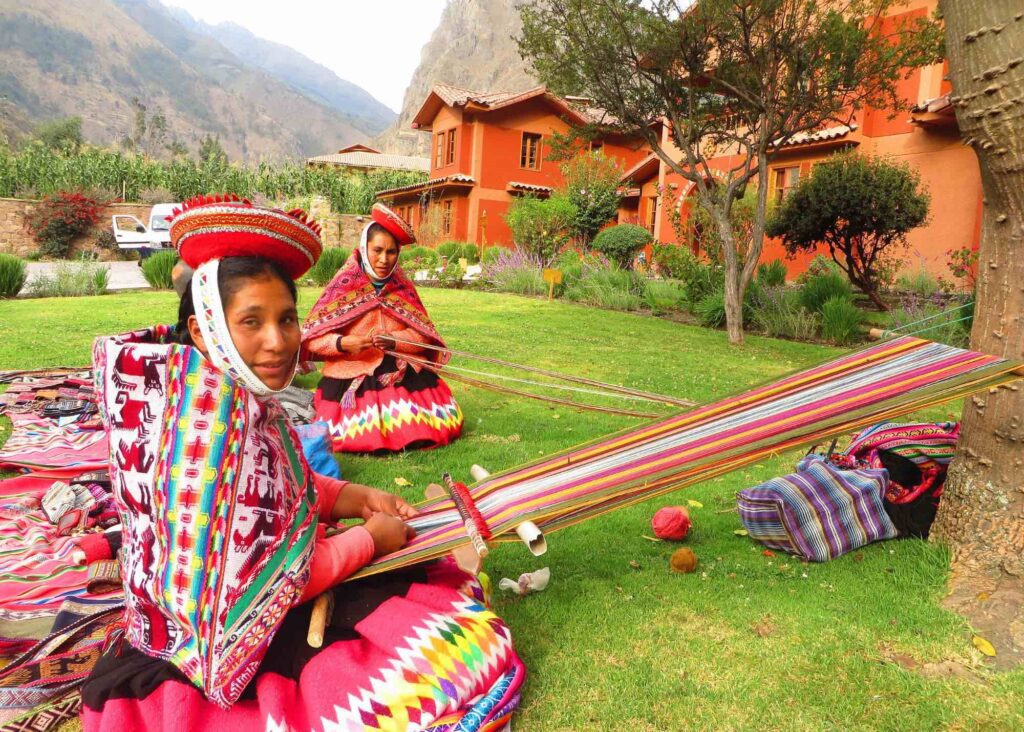Welcome to the heart of the Andes – the Sacred Valley of the Incas in Peru. Along the meandering Urubamba River between Cusco and Machu Picchu, the Sacred Valley offers a tapestry of history, culture, and breathtaking natural beauty. In this ultimate guide, we’ll uncover the secrets and treasures that make this region a must-visit for all travelers. I spent three days in Urubamba exploring the area, having arrived from Cusco and I left for Machu Picchu. I will share my favorite things to do and where to stay in the Sacred Valley of the Incas.
| This site may contain affiliate links. If you make a purchase through these links, I may earn a small commission at no extra cost to you. Thank for your supporting Casper’s Journey! |
Sacred Valley Towns
There are a few towns and villages in the Sacred Valley, all within a 90-minute drive from Cusco. Each offers as a mini-hub to explore the ares. You can make a day trip from Cusco, but if the time allows, I’d recommend staying one of these towns as it offers an Andean village experience. And you get closer to the nature and get to experience the local culture. I’ll go through recommended things to do and where to stay in each town in the Sacred Valley.
Pisac
Known for its impressive Inca ruins and colorful market, Pisac is a charming town with a rich cultural heritage. One of the major attractions is the Pisac Market which invites visitors with its traditional crafts, textiles, and local produce. It’s less than an hour’s drive away from Cusco, making it a perfect day trip if not staying overnight. You can take a colectivo bus, taxi, or join a private or small group tour from Cusco.
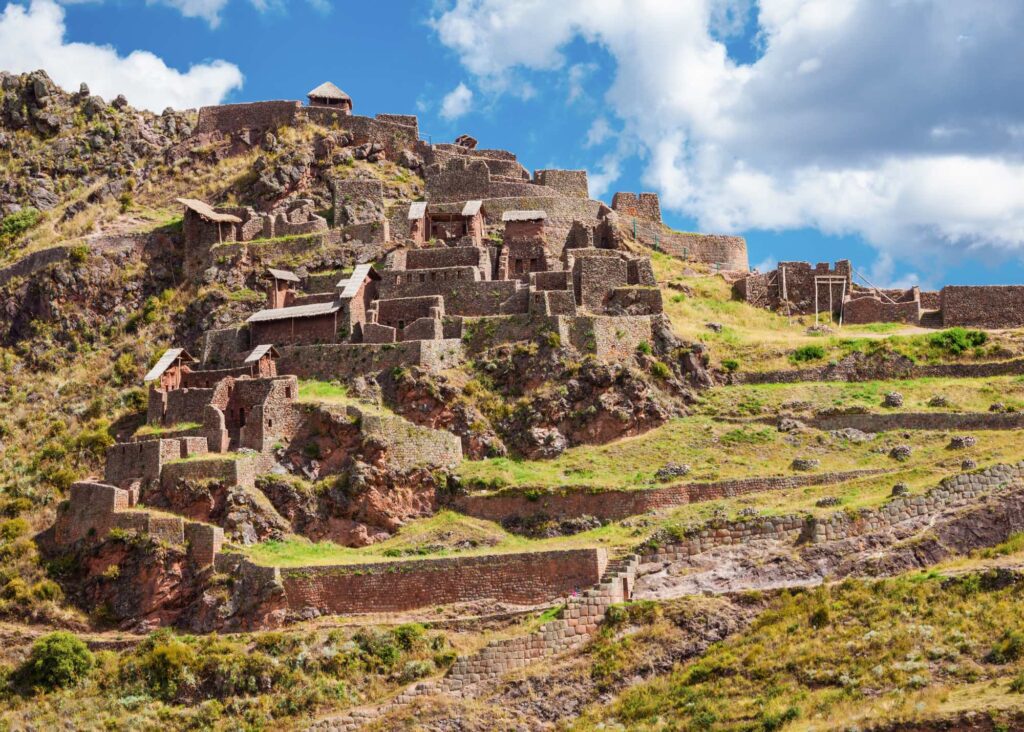
Things to do in Pisac
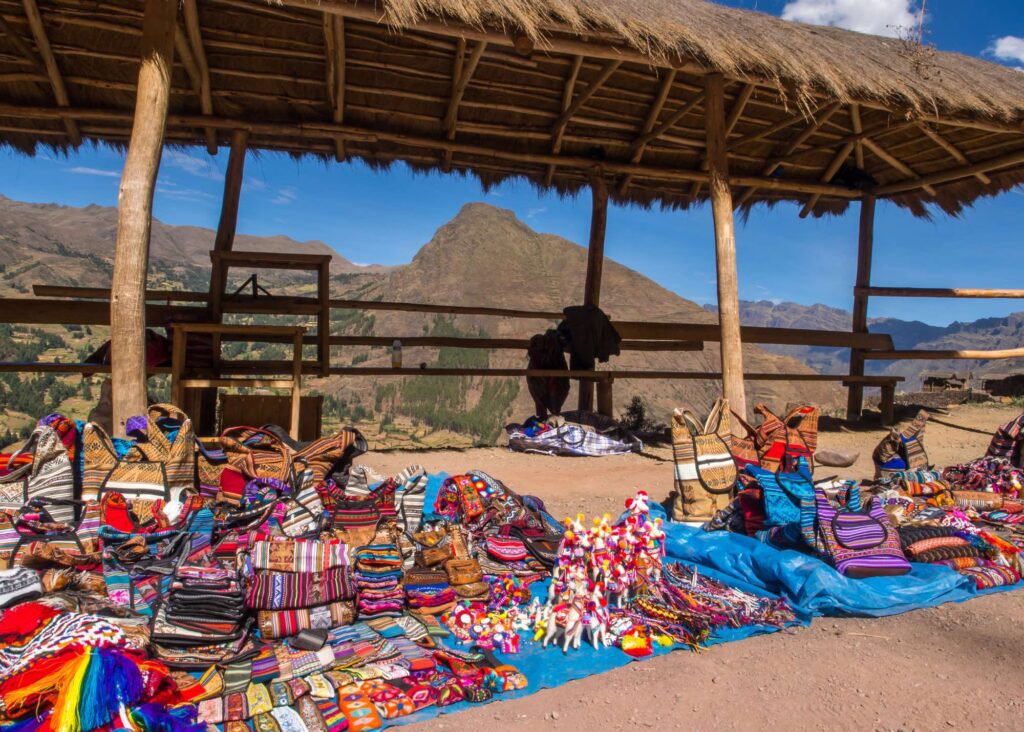
Explore the Pisac Archaeological Site: Visit the Inca ruins on a hill overlooking the charming hippie town of Pisac. The site includes agricultural terraces, religious structures, and residential areas with great views of the valley. Dating back to the Inca civilization of the 15th and early 16th centuries, the site held strategic, agricultural, and religious importance. You can hike to the site from Pisac town. It’s mostly uphill and should take about 1h to 90 minutes. As you ascend, you’ll see many agricultural terraces and ruins. The pathway is well sign posted. Of course, you can take a taxi too. You may find some local guides and souvenir stands along the path.
Pisac Market: At Pisac’s main square, there is a colorful marketplace selling traditional Andean crafts. Known for its diverse offerings, including woven textiles, ceramics, and handmade souvenirs, the market is a good place to spend a good few hours. Visitors can explore vibrant stalls and enjoy the rich tapestry of Andean culture. Market days, especially on Tuesdays, Thursdays, and Sundays, bring an extra layer of festivity to this lively hub of commerce and cultural exchange. Apart from crafts, there are plenty of foods such as peruvian chicken soup, ceviche, lomo saltado, and baked guinea pig.
Pisac Museum (Museo comunitario de Pisac): This is a small museum by Urubamba river, showcasing the local history and has a good collection of artifacts from the ruins. The display is in Spanish but they have English pamphlet which explain some items on the display. It’s a good idea to visit the museum before going to the Archaeological Site, so you have basic knowledge of the history and culture.
Pisac Botanical Gardens: Established in 1917 by a Peruvian botanist and explorer Felipe Marín Moreno, this small gem offers a nice break in town. This small garden has native and international plants including many types of cactus and potatoes.
Where to stay in Pisac:
Pisac Inn; This is a very friendly bed and breakfast in the heart of town. In addition, Peruvian lunch and dinner are also served if you’d like. You will enjoy the beautifully decorated garden and patio which create a little community for visitors. The communal areas have nice comfortable sofas with plants everywhere. Bike rental is also available.
Andean Glamping: For a bit more unique experience, try Andean Glamping. It’s in Ichhunayuq mountain near the Pisac Archaeological Site. Sure, it’s slightly out of town, but you cannot beat the view from the glamping tent. You can expect the magnificent view of the mountains and the starry night sky. Free Andean breakfast is included and you can go hiking straight out of your tent. Don’t worry, sustainable bathrooms are available.
Urubamba
Urubamba, situated in the Sacred Valley of the Incas in Peru, is a charming town surrounded by mountains and lush landscapes. Known for its agricultural heritage, it serves as a central hub for exploring Inca archaeological sites like Ollantaytambo and Pisac. The town is also a transportation hub for those heading to Machu Picchu. With a local market, stunning scenery, and a mix of accommodation options, Urubamba is a great base to explore the Sacred Valley.
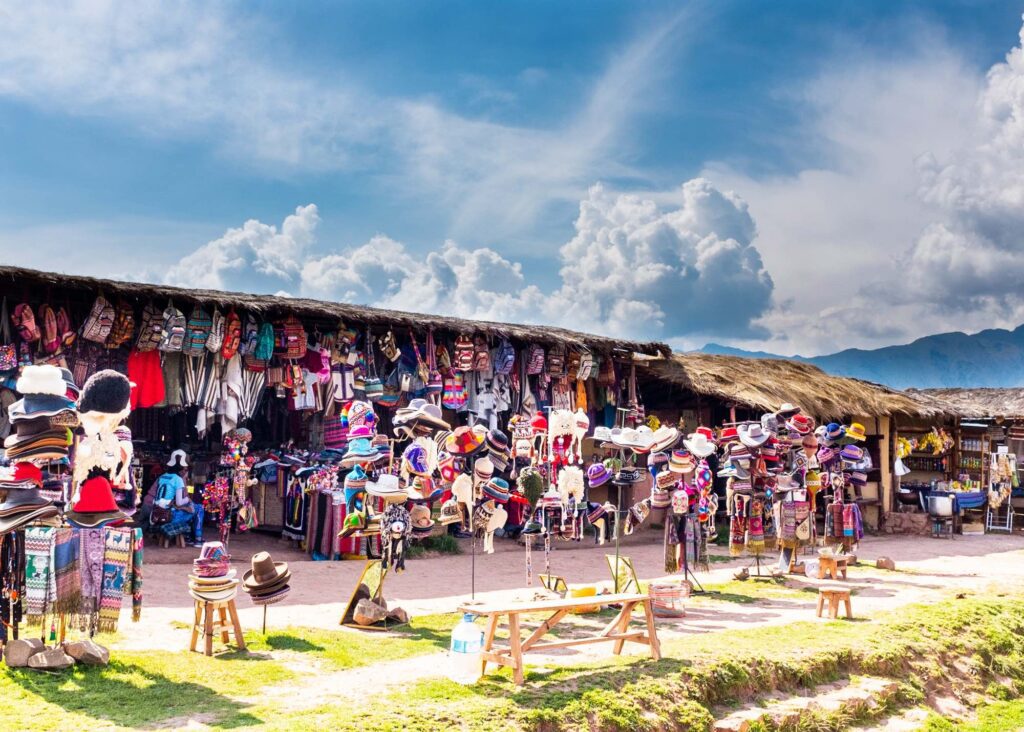
Things to do in Urubamba
Visit Moray: Moray is an archaeological site renowned for its extraordinary circular terraces. These descending concentric rings served as an agricultural laboratory for the Incas, allowing experimentation with various crops in distinct microclimates. The precision in construction and the site’s panoramic views of the Andean landscape showcase the advanced engineering skills of the Inca civilization. It’s about 30 minutes drive from Urubamba town.
Explore Salinas de Maras: Salinas de Maras is a interesting site featuring thousands of terraced salt ponds. These ponds, owned by local families. The vivid colors of the ponds create a visually striking landscape against the green mountains. This traditional practice not only offers a unique cultural experience but also contributes to the local economy. Easily accessible from Maras or Urubamba, Salinas de Maras provides a glimpse into both ancient Andean ingenuity and modern-day cultural heritage. As Moray and Maras are close to each other, I recommend visiting the two site together.
Rafting at Urubamba river: If you seek adventure, consider going river rafting on the Urubamba River. There are various sections suitable for different skill levels.
Horseback Riding: Explore Urubamba on horseback with guided horseback riding tours available. It’s a unique way to experience the landscapes. One of the popular tours is visiting Moray and Maras on horseback from Urubamba.
Where to stay in Urubamba:
Rio Sagrado, A Belmond Hotel, Sacred Valley: A luxury boutique spa hotel along the banks of the Urubamba River. All 23 rooms are beautifully decorated and come with a terrace looking over the river or the hotel garden in which llamas freely roam around. You can feed them too ! Some suites come with a private garden. The hotel offers a swimming pool and an indoor hot tub. If you’re going to Machu Picchu, you can take a train directly from the hotel at their private train station. This is my absolute favourite hotel, not just in the Sacred Valley but in all of Peru.
Tambo del Inka, a Luxury Collection Resort & Spa: This is another very good hotel, a bit closer to town. But the hotel is a bigger than Rio Sagrado, with 128 rooms. Rooms are modern and nicely decorated with all amenities expected from a luxury hotel, including two pools, hot tub, spa, and nice garden. While it’s luxury hotel, Tambo del Inka is also a very family friendly hotel. Their travel desk can organize various tours including horseback ride, rafting, quad bike tours, etc for you.
Ollantaytambo
This town is known for its well-preserved Inca ruins and its Inca fortress. Some of the key attractions are the narrow cobblestone streets and the Temple Hill and the Sun Temple. Ollantaytambo is also a key transportation hub for those traveling to Machu Picchu – either by train or on foot.
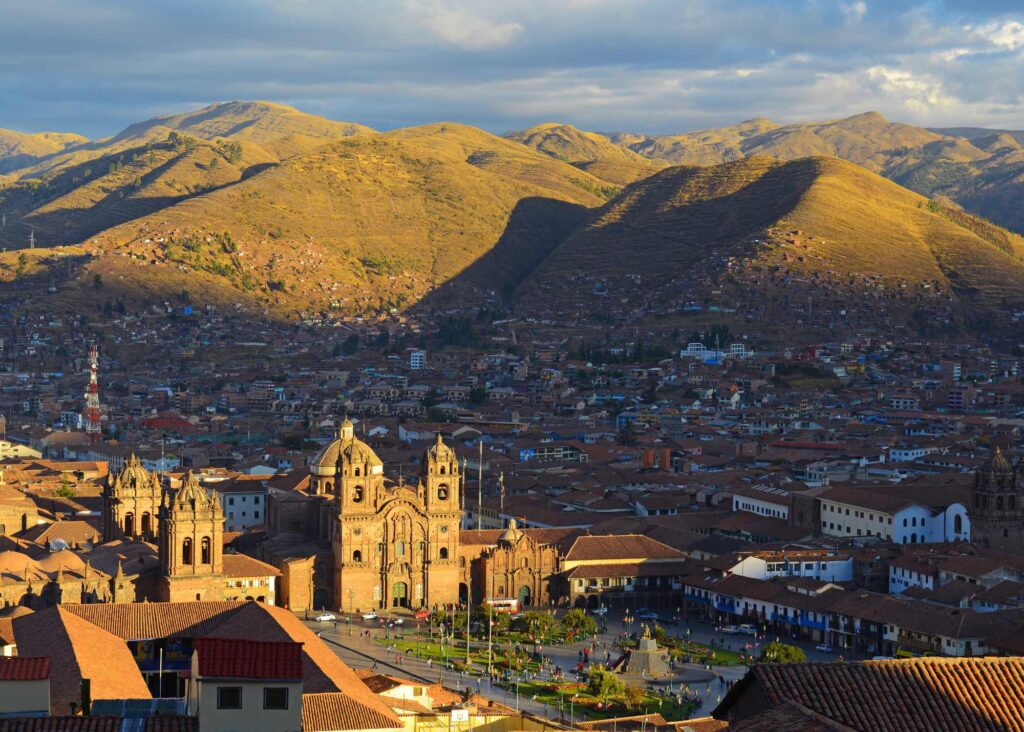
Things to do in Ollantaytambo
Wander Through the Town: Ollantaytambo is a quaint town in the Sacred Valley of the Incas. Stroll through the charming cobblestone streets of Ollantaytambo. Explore the central plaza, admire the traditional Inca-style houses, and soak in the town’s relaxed atmosphere. Take your time and enjoy the town. There are many restaurants and shops around the central square.
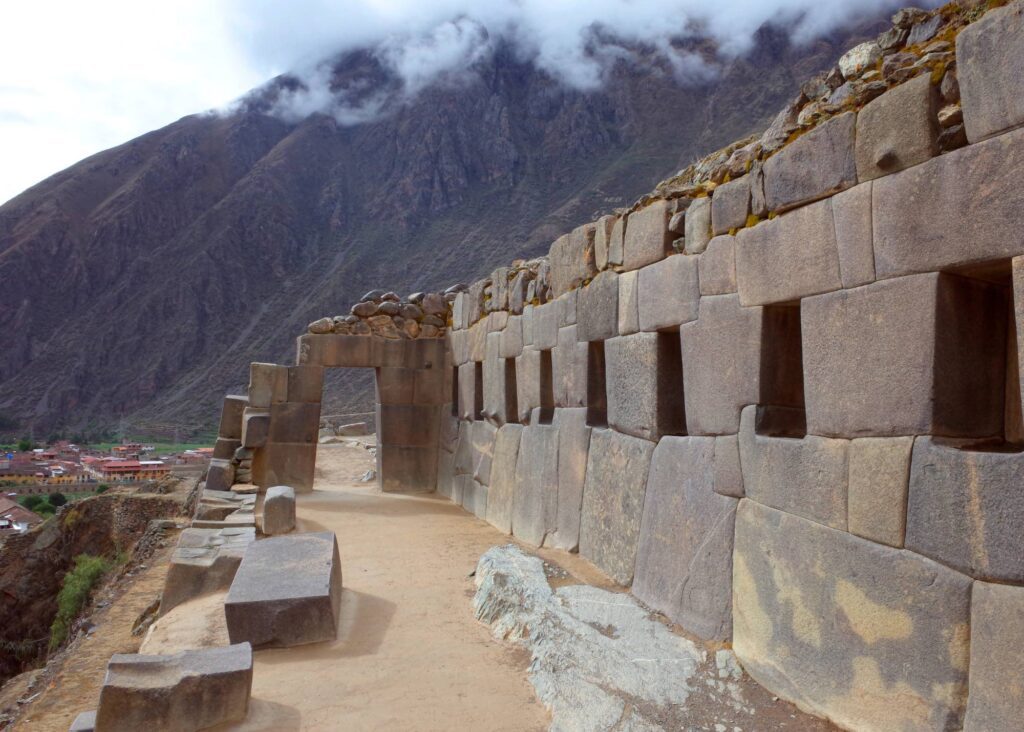
Visit the Ollantaytambo Ruins: Ollantaytambo Ruins are impressive terraced structures that ascend the mountainside. With the Temple of the Sun, strategic military features, and a Water Temple, the site reflects the Inca’s advanced engineering and religious practices. Unlike dormant archaeological sites, Ollantaytambo is a living town where locals inhabit ancient structures, offering a unique blend of history and contemporary life. The site’s historical significance, combined with breathtaking scenery, makes it a must-visit in the Sacred Valley.
Hike to Pinkuylluna: Starting from the opposite side of Ollantaytambo Ruins, the trail provides panoramic views of the town, the archaeological site, and the Patakancha River. The hike to Pinkuylluna is considered moderately difficult. But you’ll be rewarded with the amazing Inca stonework and it’s totally free.
Where to stay in Ollantaytambo
Vertical Sky Luxury Suites: This is a unique experience to stay in the Sacred Valley. You sleep in a cliff-hanging capsule, suspended 400 meters above ground, with a view of Urubamba mountains. Each pod has a private bathroom with an eco-toilet. You’ll receive safety briefings before climbing up the cliff to get to your pod. The restaurant and the reception area are on top of the cliff. There are family suites as well, accommodating four people.
Hotel Pakaritampu: This hotel is located between the train station and the town. But you can very easily walk to either location. All 37 rooms are simple but clean and well-designed. Also, the garden is well maintained and colorful flowers everywhere. Sometimes you see the local Andean ladies selling local crafts. The onsite restaurant offers local and international cuisine. It’s a great place to rest before or after visiting Machu Picchu.

